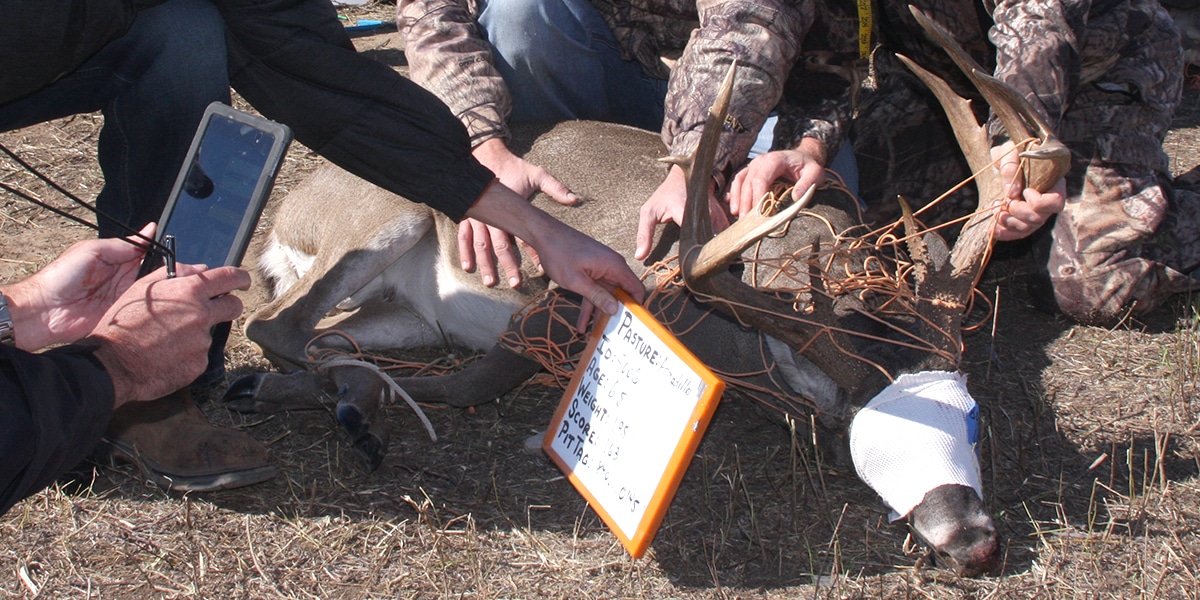I've spent quite a bit of time in a limited muledeer unit in Wyoming the past 15 years. One thing that stands out is it is plagued with "3-pt-itis." After the hunting season I returned to the unit and saw approximately 50 3x4 bucks and only 1 true 4x4 buck. Some of these were really big 3x3's. I've noticed the same trend every year in the unit for the past century!
I'm sure the few nice 4x4's that exist plus biggest 3x3's are likely the brunt of the harvest each year. It currently takes 11 to max pref pts to draw this unit. I am certain a lot of guys that wait years and years to draw this tag are sorely disappointed. There are a few truly giant bucks available in the unit but they are like finding a needle in a haystack. In years with drought or tough winters whopper bucks are almost nonexistent.
I'm aware that management buck harvest is fairly regular practice for culling poor quality whitetails but unfortunately very few Western states use such practice for managing quality muledeer. The WG&F started a 3 pt or better program in regions G and elsewhere in response to harsh winters and low deer. This was likely imposed to hopefully allow young bucks an additional year to survive and mature. I'm sure this places more pressure on older age class bucks...but that's an entirely different controvercial subject.
Utah has had "management" and "cactus" buck regulations in affect for several years. If you've seen bucks harvested on the Henry's Mtns you are aware of how special a unit this is! In Utah's case I'm sure they are trying to keep the integrity of great genetics in the herd. From those of you that have spent time on Henry's and the Paungasaunt do you believe management tags are effective for culling 3 pt or lousy genetics?
This has really bugged me for years. I'm wondering if a change in regulations and strategies may improve the quality of bucks in units with extremely high densities of mature 3x3 muley bucks?
I'm sure the few nice 4x4's that exist plus biggest 3x3's are likely the brunt of the harvest each year. It currently takes 11 to max pref pts to draw this unit. I am certain a lot of guys that wait years and years to draw this tag are sorely disappointed. There are a few truly giant bucks available in the unit but they are like finding a needle in a haystack. In years with drought or tough winters whopper bucks are almost nonexistent.
I'm aware that management buck harvest is fairly regular practice for culling poor quality whitetails but unfortunately very few Western states use such practice for managing quality muledeer. The WG&F started a 3 pt or better program in regions G and elsewhere in response to harsh winters and low deer. This was likely imposed to hopefully allow young bucks an additional year to survive and mature. I'm sure this places more pressure on older age class bucks...but that's an entirely different controvercial subject.
Utah has had "management" and "cactus" buck regulations in affect for several years. If you've seen bucks harvested on the Henry's Mtns you are aware of how special a unit this is! In Utah's case I'm sure they are trying to keep the integrity of great genetics in the herd. From those of you that have spent time on Henry's and the Paungasaunt do you believe management tags are effective for culling 3 pt or lousy genetics?
This has really bugged me for years. I'm wondering if a change in regulations and strategies may improve the quality of bucks in units with extremely high densities of mature 3x3 muley bucks?
Last edited:


